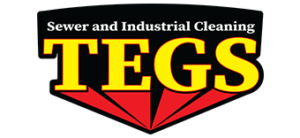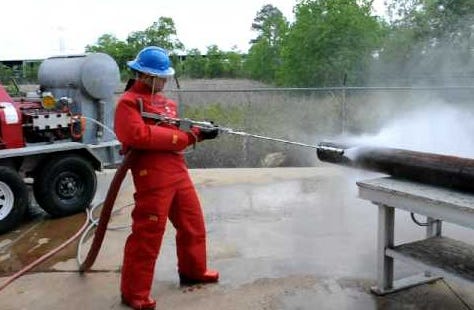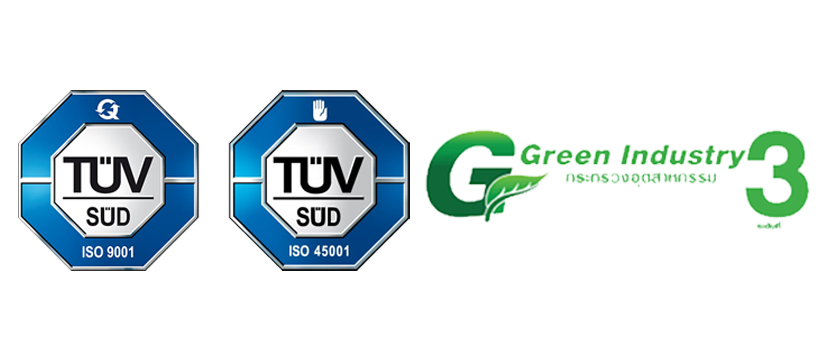The Dos and Don’ts You Need to Know About Hydroblasting
Hydroblasting, also known as water jetting or high-pressure cleaning, is a powerful and efficient method for cleaning various surfaces, removing coatings, and even cutting through materials. With pressures ranging from 5,000 to 40,000 PSI, hydroblasting has found applications in industries such as construction, manufacturing, and shipbuilding. However, the use of high-pressure water jets also poses significant safety risks to operators and bystanders. As such, it is essential to know the dos and don’ts of hydroblasting to ensure a safe and effective process:
The Dos of Hydroblasting
1. Do Wear Appropriate Personal Protective Equipment (PPE)
Operators must wear PPE that is specifically designed for hydroblasting work, including a helmet with a face shield, hearing protection, gloves, safety boots, and waterproof clothing. This equipment not only protects the operator from high-pressure water but also from debris that may be dislodged during the cleaning process.
2. Do Inspect and Maintain Equipment Regularly
Regular inspection and maintenance of hydroblasting equipment can help identify potential issues before they become hazards. Check hoses, nozzles, and connections for signs of wear, and replace any damaged components as needed. Ensure that the pressure relief valve is functioning correctly and that all safety devices are in place and operational.
3. Do Establish a Safe Working Area
Before starting hydroblasting work, establish a safe working area by setting up barriers and warning signs to keep unauthorised personnel away from the high-pressure water jet. In addition, ensure that all workers in the vicinity are aware of the work being performed and the associated hazards.
4. Do Use the Appropriate Nozzle and Pressure Settings for the Task
Selecting the correct nozzle and pressure settings for the specific job is crucial for both safety and efficiency. Using the wrong nozzle can result in poor cleaning performance or even damage to the surface being cleaned. Additionally, operating at excessively high pressures can increase the likelihood of hose or equipment failure and pose a greater risk to the operator.
5. Do Follow Proper Hydroblasting Techniques
Operators should be trained in proper hydroblasting techniques, including maintaining a safe distance from the surface being cleaned, using a steady and controlled sweeping motion, and avoiding pointing the water jet at other workers or equipment.
The Don’ts of Hydroblasting
1. Don’t Bypass Safety Devices
Never attempt to bypass or disable safety devices on hydroblasting equipment, such as trigger locks, pressure relief valves, or emergency stop buttons. These devices are designed to protect operators and bystanders from potential hazards associated with high-pressure water.
2. Don’t Use Damaged or Worn Equipment
Using damaged or worn equipment can lead to equipment failure and pose a significant safety risk. Always inspect equipment before use, and replace any components that show signs of wear or damage.
3. Don’t Hydroblast without Proper Training
Operating hydroblasting equipment without proper training can result in serious injury or even death. Ensure that all operators have completed a comprehensive training program that covers equipment operation, safety procedures, and proper hydroblasting techniques.
4. Don’t Underestimate the Power of High-Pressure Water
High-pressure water can cause severe injuries, including cuts, puncture wounds, and even amputations. Treat hydroblasting equipment with the respect it deserves, and always follow safety procedures and guidelines.
5. Don’t Leave Equipment Unattended
Never leave hydroblasting equipment unattended while it is running or pressurised. An unattended hose or nozzle can cause significant damage to property or serious injury if it becomes loose or accidentally activated.
Conclusion
Hydroblasting is a powerful and versatile cleaning method that can be both safe and efficient when operators adhere to the dos and don’ts outlined in this blog post. By wearing appropriate PPE, maintaining equipment, establishing a safe working area, and following proper hydroblasting techniques, operators can minimise safety risks and maximise the effectiveness of their high-pressure cleaning efforts.
TEGS Thailand serves as your expert resource for industrial cleaning services, providing a range of solutions to handle all your waste issues with professionalism. If you are looking for hydroblasting services in Thailand, contact us today!



